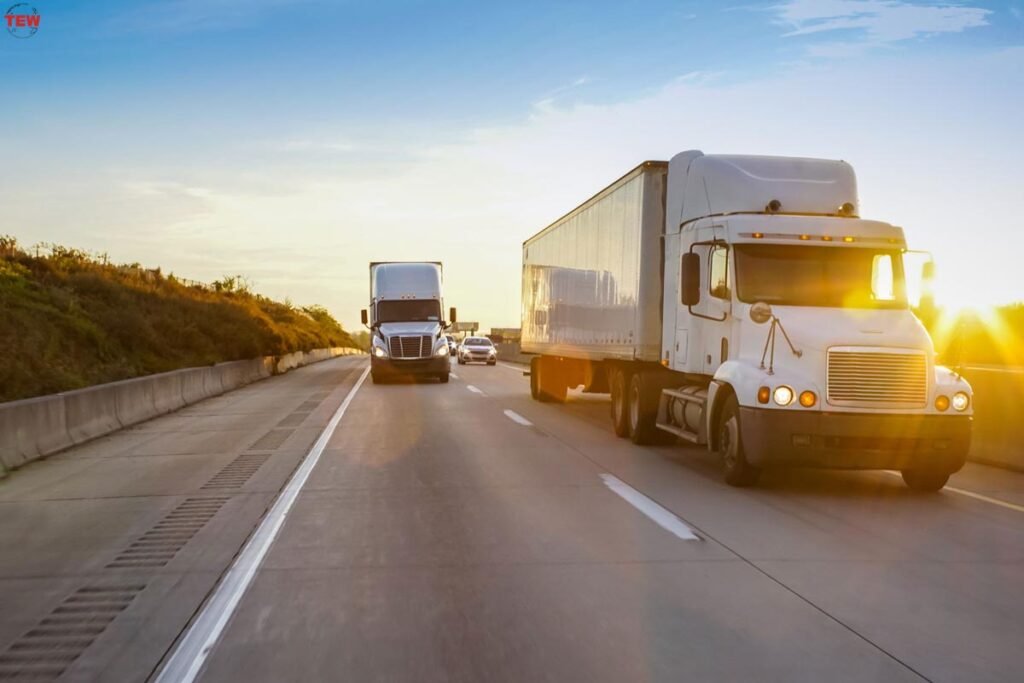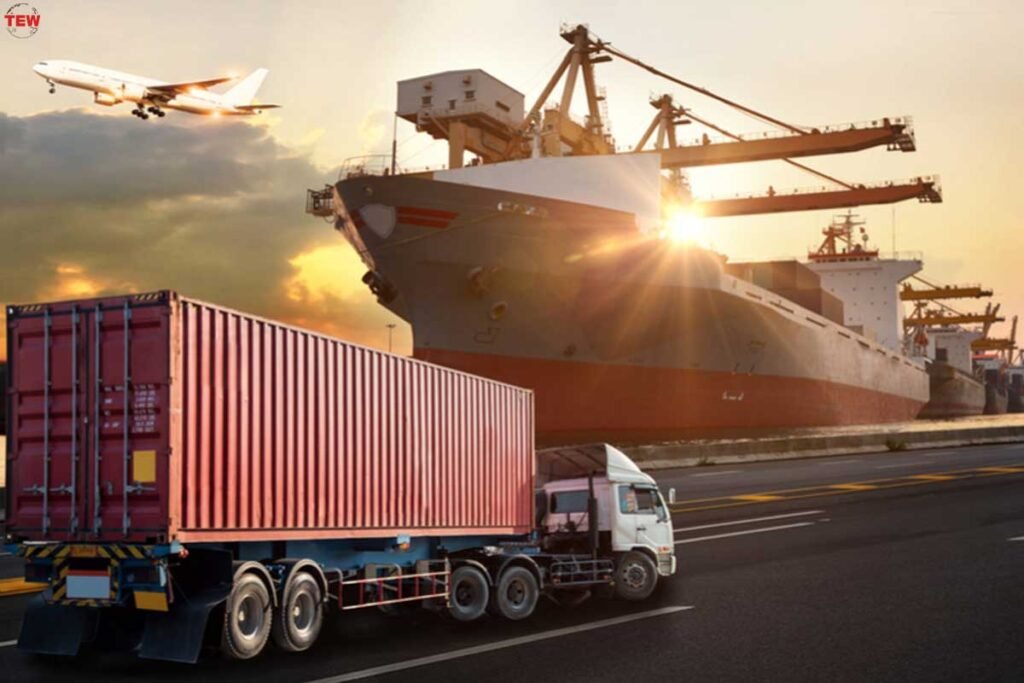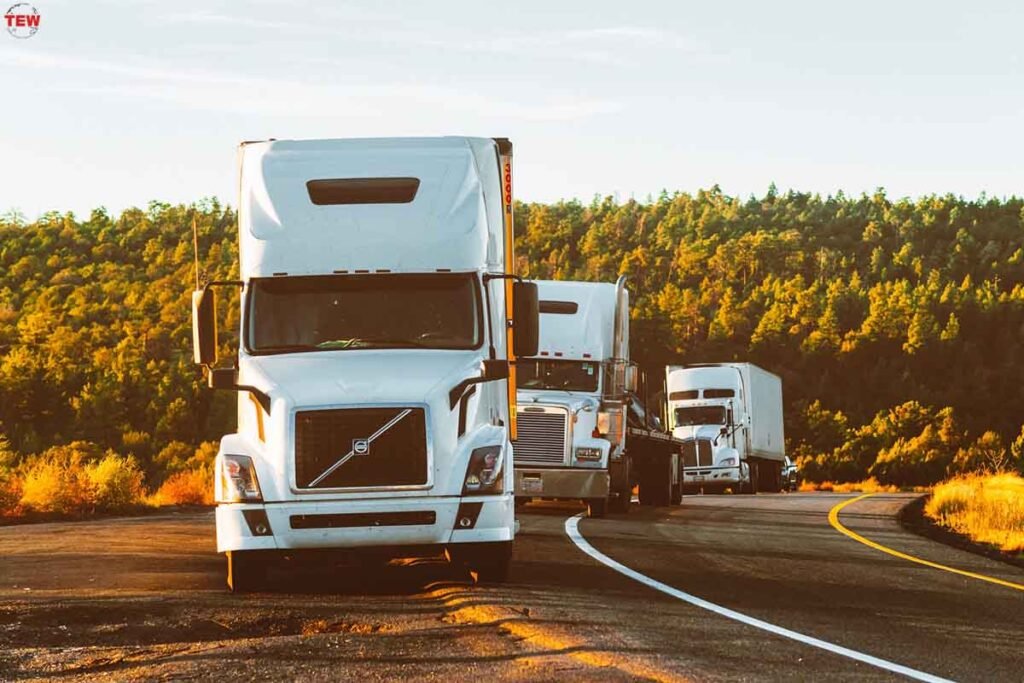Are you an entrepreneur looking to move goods regularly from one place to another? Before taking the plunge, you must understand all the types of road freight available to you. This guide is just for you if your business involves transporting goods over long distances quickly and safely.
Here, we will discuss different forms of ground transport ranging from vans, intermodal units, and containers – exploring their benefits and drawbacks based on price and availability. Knowing your options can help ensure your shipment is delivered in the most cost-effective way possible.
What is road freight, and how does it work?
Road freight is an efficient and cost-effective way to move goods locally and across regions. Essentially, it’s transporting goods through large trucks on public roads. Road freight involves careful coordination between drivers, shippers, and logistics companies to facilitate the delivery of the cargo safely and on time. The goods are usually loaded onto the vehicles before they hit the road, while others are picked up or dropped off on route.

Goods that require refrigeration are transported with cooling systems to maintain quality while in transit. In addition, satellite tracking technology monitors the progress of goods transported by road freight teams to ensure everything runs smoothly, even when there are inevitable delays or challenges.
Types of road freight available in the USA
There are various types of road freight services available in the USA, each with unique benefits and drawbacks. Here is an overview of the most common forms of ground transport:
Vans:

Vans are great for transporting smaller loads such as clothing, toys, furniture, and electronics. They are generally cheaper than other forms of road freight and can be used to transport a single item or multiple items. The downside is that they are limited in capacity, meaning they cannot carry heavy goods and may not be suitable for large-scale freight operations.
Intermodal units:

Intermodal units are designed to transport heavy cargo over long distances, such as heavy machinery, vehicles, and construction materials. They are usually flexible and can be split into two or more containers for easy loading and unloading. The downside is that they may only be available in some locations as they require specialized trucks to transport them.
Containers:
Large metal boxes that move heavy goods over long distances. They offer greater security when compared to other methods, protecting from the elements during transportation. Containers are also less expensive than intermodal units and can be split up into smaller parts for more effortless loading and unloading. The downside is that containers may only be compatible with some types of heavy-haul trucking services due to their size and weight restrictions.
How to choose the right type of road freight for your needs
When selecting the correct type of road freight for your needs, there are factors to consider. Firstly, consider the size and weight of the goods you are transporting as this will determine which type of vehicle is best suited for the job. Additionally, consider your budget for transport – vans, and containers are the most cost-effective options for large-scale freight operations.
Finally, think about the time frame you have available for delivery – intermodal units may be more suitable if you need to deliver heavy goods quickly and efficiently over long distances. Knowing your options regarding road freight is essential to ensure that your goods are delivered safely and in the most cost-effective manner.
Pros of road freight
The main pro of road freight is its cost-effectiveness. Depending on the size and weight of the goods, it can be cheaper to transport them by ground than other methods such as air or sea freight. Additionally, there are no restrictions on the type of cargo carried by heavy-haul trucking services, so almost anything can be transported.
In addition, road freight is significantly faster than other transportation methods, and goods can be delivered in a matter of hours or days as opposed to weeks when relying on sea or air freight. Finally, road freight provides greater security and control over goods that are being transported due to the use of satellite tracking technology.
Know More About 5 Benefits of Transportation Management Software
Cons of road freight

Though there are many advantages to using road freight, there are also some drawbacks. The main con is that it can be more expensive than other transportation methods, such as sea or air freight. Additionally, heavy-haul trucking services have weight and size restrictions which may limit the type of cargo that can be transported. Finally, weather conditions can adversely affect the delivery speed and create safety risks due to heavy rains, snow, or ice.
Tips for shipping goods by road freight
When it comes to shipping goods by road freight, several tips can help ensure successful delivery. Firstly, make sure you choose the right size and weight heavy-haul trucking service for your needs to avoid any additional costs or delays. Additionally, consider the fuel cost when calculating your transport budget, as this is likely one of the most significant expenses.
Finally, ensure that you allow for a generous time frame when booking transport and that tracking technology is in place to monitor your goods during transit. Following these tips ensures that your goods are delivered safely and efficiently by road freight.





